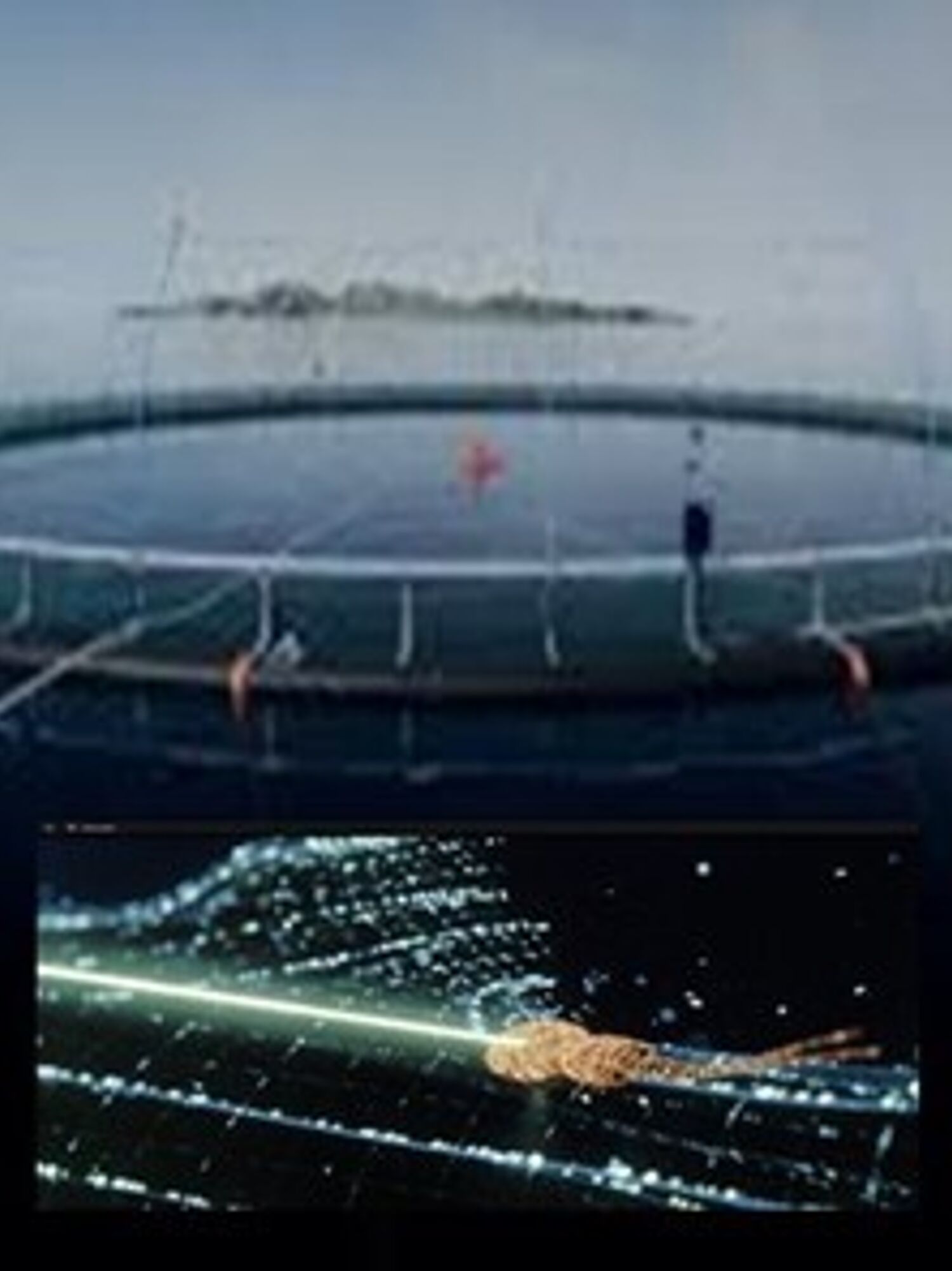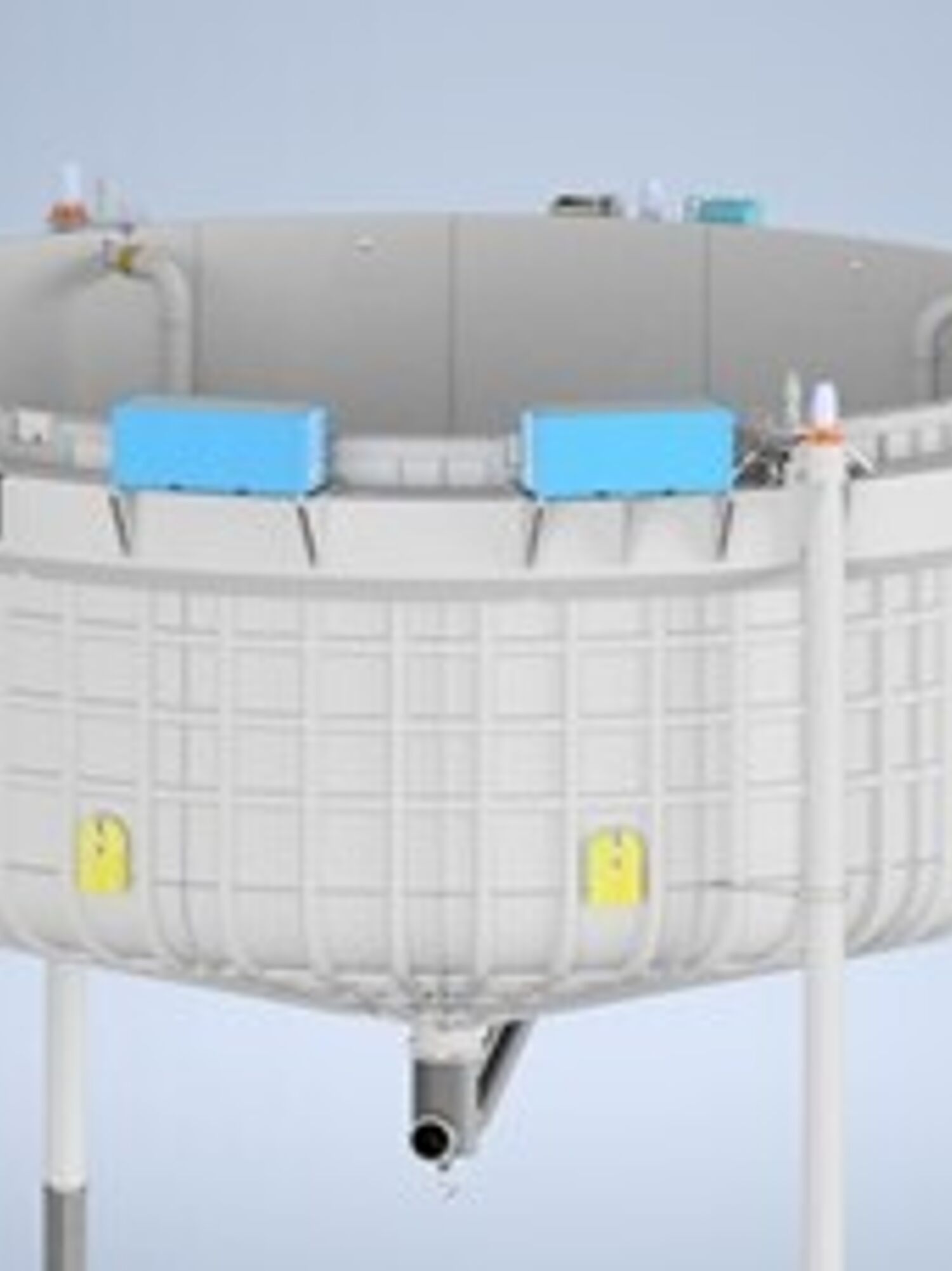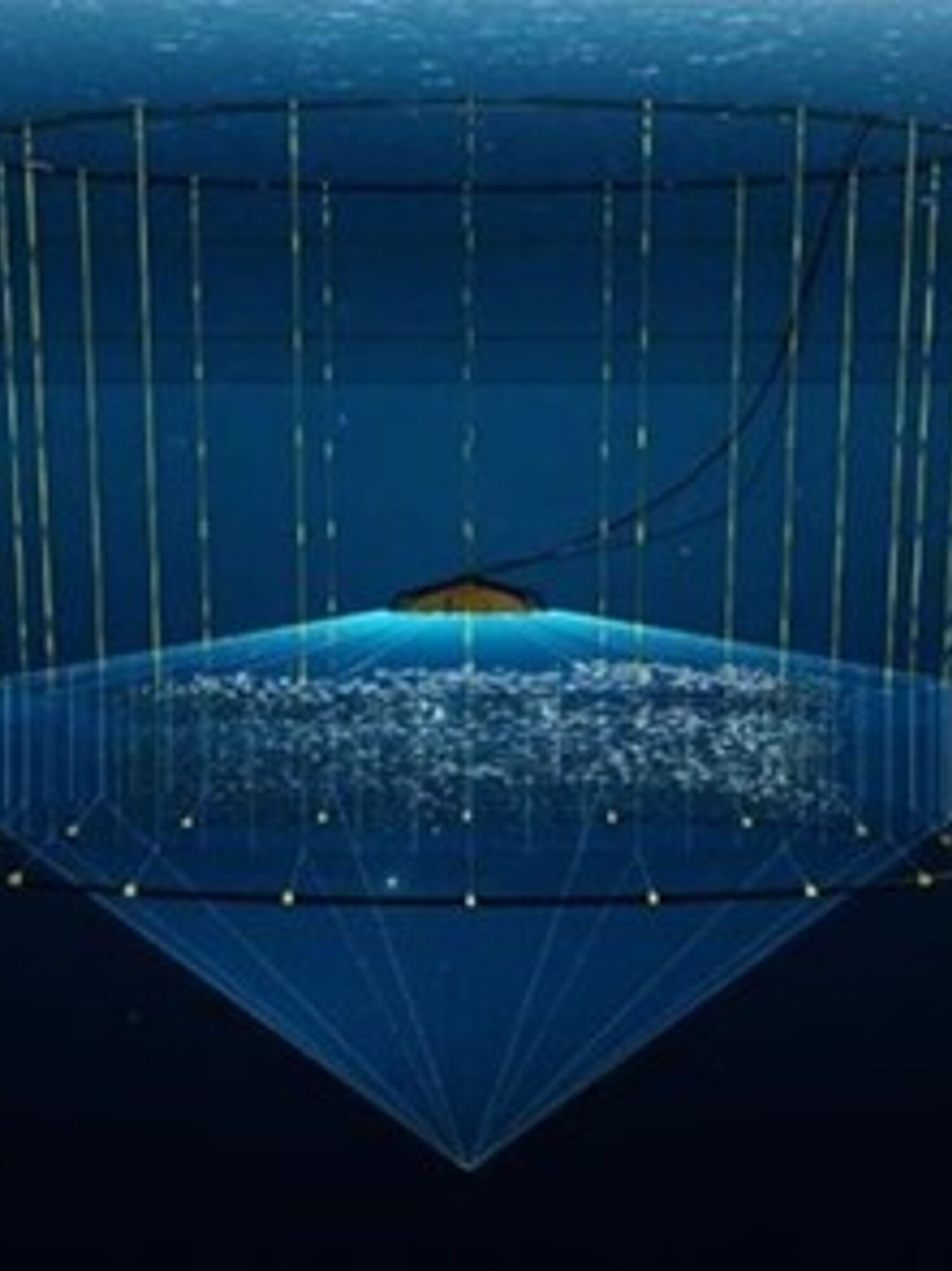Research and Innovation
Seawater technology
Our innovation focus is both reducing the footprint of salmon farming and making new areas available for salmon farming in coastal waters.
New solutions must meet all requirements for sea lice management, fish health and welfare, survival, product quality and efficient operations.
Our innovation focus is mainly directed on these areas:

Improving open net pen farming
Most of our salmon is farmed in open net pens, which will remain a key technology.
Open pens offer a good environment for salmon that is healthy and can be left undisturbed.
Cermaq aims at controlling lice by preventative measures with limited use of reactive treatments.
To be successful, we work towards identifying the optimal solutions for each operational region.
- Laser in the pens shooting sea lice on the salmon without disturbing the salmon. Has proved to be a success in Norway.
- Lice skirts around the pen, covering the sea layer down to 10-15-meters depth where sea lice are found, preventing sea lice from entering the pen. This has been very successful in BC, Canada.
- Machine vision sensors are used to document lice levels and fish welfare.
- Innovation program for evaluating and testing of emerging technologies
Closed systems in the sea
A complete separation between the salmon and the ocean around will prevent sea lice naturally occurring in the ocean to attach to the farmed salmon. It will also protect the salmon against jellyfish, plankton and provide continuous optimal water quality for our fish to thrive.
For multiple locations this may provide a good solution for post smolt production.
Cermaq has been testing different types of closed solutions in both BC, Canada and in Norway. Our search for optimal solutions and development of best practice continue. The technology must be adapted to the biophysical environment at the actual location.


Submersible pens
As sea lice are mainly found in the upper sea layers down to 15-meter depth, submersible pens may keep the salmon separated from the sea lice and significantly reduce the impacts from jellyfish and plankton.
Submersible pens can be kept at 25 meters dept for the full production cycle.
Access to air inside the submersed pen is needed for the salmon to regularly fill its swim bladder.
As the fish cannot be observed from the surface, the monitoring must fully depend on cameras, robots, and sensors.
Cermaq is testing submersible pens in Norway.